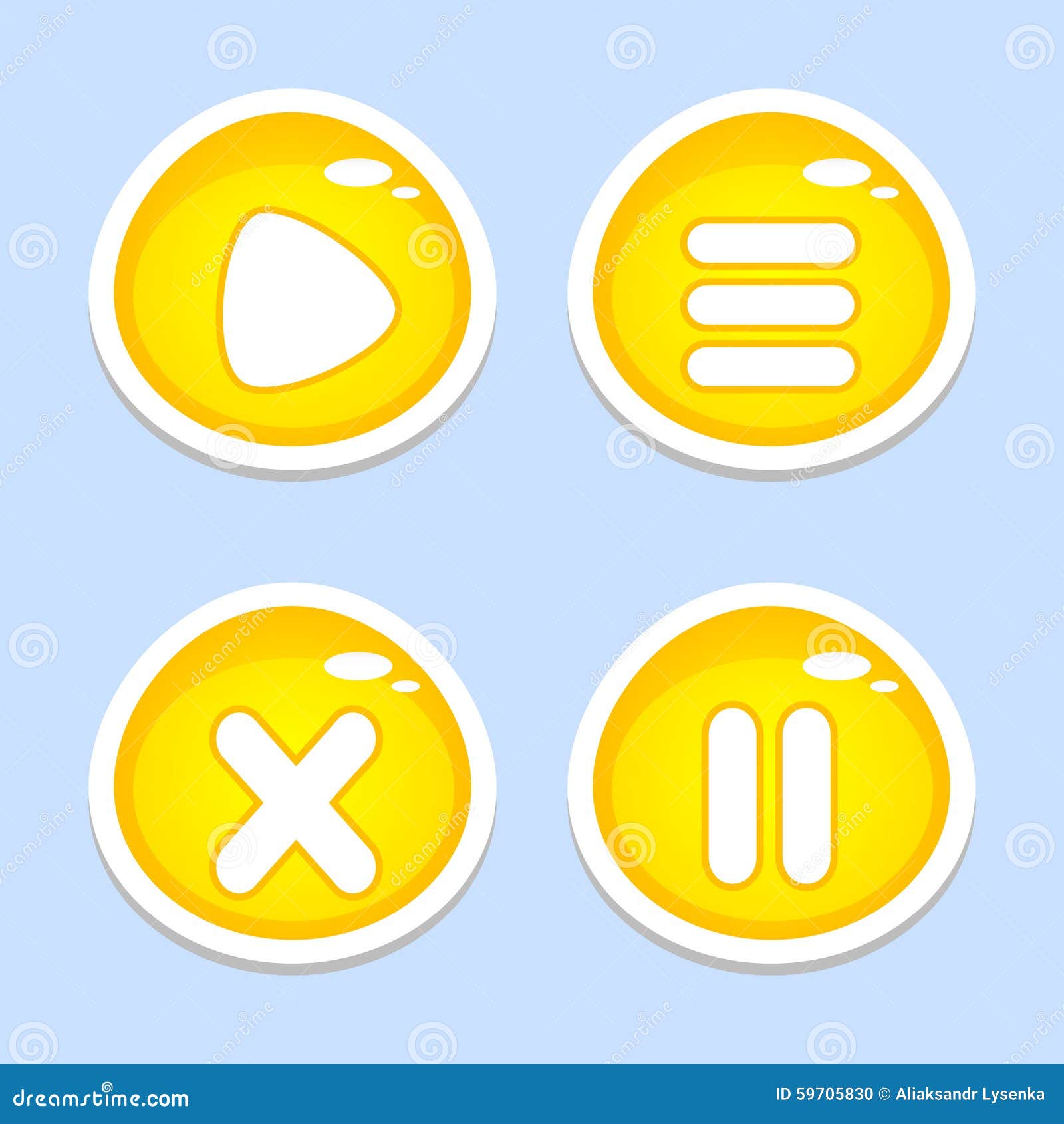
Think about it – if you wanted to put forward an app which was based around professionalism, handling money or sensitive data, or dealing with jobs and transactions, would you really want to make it burst with multi-colored rainbows of joyful tones? The chances are, probably not. While a large chunk of this idea will come from the content of your app and the way that it is laid out, color does also have an important role to play. One of the most important things to consider when selecting colors for your app’s interface is the sense that you want your users to trust your product. Minimal, classy, elegant, and straight to the point, monochrome app interfaces provide an ideal blank canvas onto which the user can project their own ideas and inspirations.

Purple is associated with regality and mystery and is often used in esoteric app interfaces or those associated with royalty, decadence, and class. It’s the color of sunshine and childlike joy and is known to put users in a mood of confidence and inspiration. Light, feminine, and fun, pink is the perfect color for an app interface which wants to put across a light-hearted and cheerful vibe. Warm, exciting, and dynamic, orange is a great color for youthful apps or those trying to put across a ‘cheap and cheerful’ vibe.Ĭalming, deep, mysterious and clean, blue is a hugely popular color for apps trying to put across a sense of professionalism and efficiency.Īssociated with nature and cleanliness, green is commonly used by apps which are associated with ecological and sustainable products. Using red in your app can give it a sense of urgency, but it’s worth bearing in mind that a little red really does go a long way! Red is passionate, energetic, and has undertones of love and romance. Let’s take a look at a few of the most common colors, and think about the impact they have on your users when viewing your app. In this article, we’ll take a brief look at the ‘meanings’ of some of the most popular colors for apps, and take a moment to think about how using the ‘right’ colors for your interface can increase your app’s popularity and ease of use. That colors have inherent and cultural meanings attached to them is something that’s well understood by psychologists, semiotics experts, and marketing departments alike, and it’s also something which has an automatic, reflexive effect on whosoever is looking at them. There’s no doubt about the fact that the color of an app’s interface can make a huge difference to how the app is received by the user. These colors manage to burrow into our psyches, and give important clues as to the overall vibe of the company, and what we are to expect from their products. Just look at some of the most iconic color combinations of the world’s most famous companies – Coca Cola’s red and white, IKEA’s blue and yellow, McDonald’s ‘golden arches’ – the list goes on and on. Use it to make important elements stand out and grab the user’s attention.When it comes to making a powerful impression and pushing the identity of a brand, color is key. Yellow in UI design can be an excellent option for contrasting colors. In some cultures, yellow represents happiness and good luck others might associate it with caution or warning.

As we already mentioned, the meaning of yellow can change depending on the context.


Choose a shade that fits the tone and style of your UI design (more about shading in the next paragraph.) There are many shades of yellow, from bright and bold to muted and soft. Too much yellow can be overwhelming and distracting for your users. Yellow is bold and powerful, but you must use it in moderation. That will help to create a harmonious and balanced design. Yellow can be overwhelming if you use it too much, so it’s crucial to balance it with neutral colors like white, gray, or black. Use it to highlight crucial elements like buttons, CTAs, or notifications. Yellow is a bright color that can easily catch the users’ eye.


 0 kommentar(er)
0 kommentar(er)
